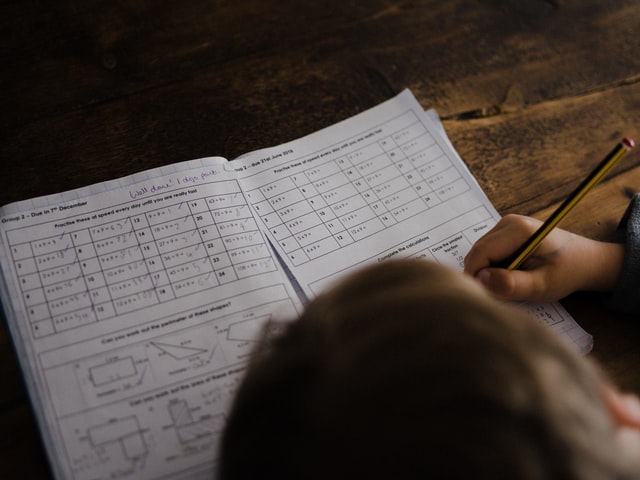 Photo by Annie Spratt on Unsplash
Photo by Annie Spratt on Unsplash
Homeschooling is an innovative movement that has become popular all over the world. Many parents prefer to educate their children at home. They opt for homeschooling when they are not satisfied with the available education facilities, are not in favor of the religion or principles of education adopted by the schools, or feel that children do not progress within the conventional school system.
This form of education started gaining ground during the 1970s. At that time, writers and researchers like Dorothy, Raymond Moore, and John Holt propagated their educational reform ideas. National Home Education Research Institute has stated that more than two million children in the United States are homeschooled at present.
Homeschooling Requirements
There are different legal requirements for homeschooling kids in various states. In some places, the students have to go through standard tests at regular intervals, or portfolio reviews are required. However, the main thing needed for homeschooling is that the parents should have a keen desire to educate their children at home.
Getting Started
Parents do not need to have a degree to homeschool their children. When their children are old enough to study, they can start homeschooling them according to their state’s norms.
But if their children have already been studying in a regular school and they wish to homeschool them, they have to send a written withdrawal request to the school’s principal or superintendent of the area. After getting their approval, they can start homeschooling their kids.
Making a Schedule for Homeschooling
Homeschoolers can organize their day’s schedule and the year’s calendar according to their needs and preferences. They can follow the conventional school schedule if they like. But many of them do not have a marked distinction between “home” and “school.” For instance, if a kid is enthusiastic about experimenting and wants to do it before going to bed, parents agree to do it.
There are many educational philosophies and methods, such as Montessori, Waldorf, Charlotte Mason, and Classical. Homeschoolers are free to pick up ideas from them and adapt them to their child’s needs.
Planning the Homeschool Curriculum
The standard subjects taught in conventional schools and those in which the child is interested are included in the curriculum. The aim is to personalize education and discover the talents of every child.
Usually, certain subjects like literature, history, and arts, are taught to all the children of different ages in the family as a group. While reading and math is taught individually to each child.
Conclusion
Compared to public school students, homeschooled students can secure very high grades on the standardized tests for a few subjects but may not be on par with them in other subjects. Mostly homeschooling is done by families with their resources. However, in some states, the government pays for particular resources if the homeschool fulfills specific requirements. There are homeschool cooperatives where families join together to hold classes, lectures, art classes, field trips, and sports events.
Homework is not an issue in homeschooling because the students can complete the work during school hours itself. Many families use graded tests and standardized tests to confirm that their children progress in an academic subject.
Discover more learning Resources with RobotLAB!



